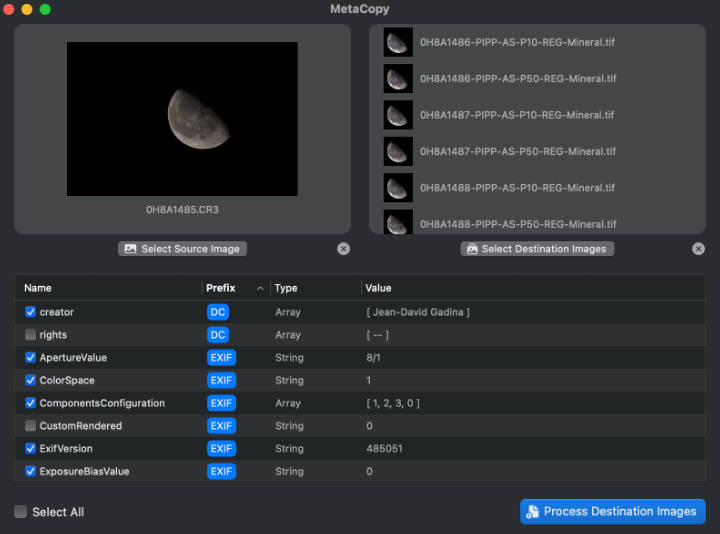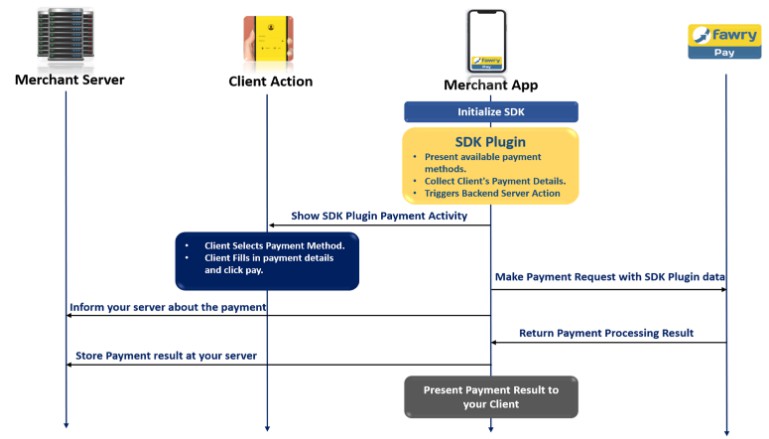Luminous
Example
To run the example project, clone the repo, and run pod install from the Example directory first.
Requirements
- iOS 8+
- Swift 5
- Xcode 10
Installation
Luminous is available through CocoaPods and Swift Package Manager.
CocoaPods
To install it, simply add the following line to your Podfile:
pod "Luminous"
Then use import Luminous wherever you want to use the library.
Swift Package Manager
To add Luminous to your Xcode project, select File -> Swift Packages -> Add Package Depedancy. Enter https://github.com/andrealufino/Luminous for the URL. Check the use branch option and enter master.
Manually
Download the project and drag all the files present in Luminous -> Luminous -> Sources into your project. The library depends from the Deviice framework. Download it and do the same with it (dragging Deviice.swift).
Dependencies
Luminous has only 1 dependency : Deviice which is my other library useful to know on which device your app is running on, plus some nice information.
Migration to version 2
In version 2, I’ve changed some things and added others. An important change has been made to the structure of the library, useful for who wants to contribute to the project and to who wants to fork it. I created a specific file (extension) for every substruct.
Changed
LMBatteryStatehas been renamed toBatteryStateLMSizeScalehas been renamed toMeasureUnitLuminous.Carrier.allowsVOIPhas been renamed toisVoipAllowedLuminous.Hardware.physicalMemory(withScale: _)now returns aDoubleand no more aFloat- All the structs are now accessible using
Luminous.as I removed theSystemmiddleware struct since it became useless NSLocaleis no more used in the library. I switched toLocaleDisksubstruct now has a new method to return thetotalSpace,freeSpaceandusedSpacethat takes aMeasureUnitparameter as input. The old vars that returnedStringand percentage have been deprecated and will be removed in the next version
Added
Audio(thanks to GregOriol)currentAudioOutputVolumesecondaryAudioShouldBeSilencedHint
SystemVersion(from version 2.1.0) : this has been added under theHardwarestruct and represents the system version
What is Luminous?
Luminous is the son of ALSystemUtilities library which is no longer maintained (it still is my best library on github). I got ideas from that one and I wrote everything from scratch in Swift adding some new feature and designing it in a different way thanks to the differences between Objective-C and Swift.
Luminous is a big library that I like to consider an “Helper Library”. It provides a lot of information about the system and has some features that can speed up significantly the development process.
It is composed by 3 parts : – system information ( Luminous.System.)– utils (some handy method like the email check) – custom app configuration
Luminous is no more composed by 3 parts as I think that a library has to serve one and one only purpose. I removed the Utils and AppConfiguration structs. I’m sorry for any kind of inconvenience this could cause to everyone is using it, but I think that it’s the right choice.
System information
Here I provide tons of information about the system and you can access them using the notation Luminous..
There are 11 different substructs here from which you can get information :
NetworkisConnectedViaWiFiisConnectedViaCellularSSID(deprecated on iOS 13)
LocalecurrentLanguagecurrentTimeZonecurrentTimeZoneNamecurrentCountrycurrentCurrencycurrentCurrencySymbolusesMetricSystemdecimalSeparator
CarriernameISOCountryCodemobileCountryCodenetworkCountryCode(deprecated, usemobileNetworkCodeinstead)mobileNetworkCodeallowsVOIP
HardwareSystemVersionstructprocessorsNumberactiveProcessorsNumberphysicalMemorysystemNamesystemVersion(this is aSystemVersionstruct from version 2.1.0, no more aString)bootTimeisLowPowerModeEnabledScreenbrightnessisScreenMirrorednativeBoundsnativeScaleboundsscalesnapshotOfCurrentView
Devicecurrent(returns a Deviice object)identifierForVendororientation
AccessorycountconnectedAccessoriesNamesconnectedAccessories
SensorsisAccelerometerAvailableisGyroAvailableisMagnetometerAvailableisDeviceMotionAvailable
AudiocurrentAudioOutputVolumesecondaryAudioShouldBeSilencedHint
DisktotalSpacefreeSpaceusedSpacetotalSpaceInBytesfreeSpaceInBytesusedSpaceInBytesfreeSpaceInPercentageusedSpaceInPercentage
Batterylevelstate
ApplicationversionbuildcompleteAppVersionclipboardString
Why Luminous?
I’m sure you’re asking yourself “Why this library is called Luminous?”. Well, stop think about it. The reason is simple : I like the word “Luminous”, it gives me a unique feeling of something that is bright and awesome! So, I chose to call this lib in that way! But you can think that “Luminous is because this library will light up your way of development speeding up it and giving you more time for yourself”, this is more philosophical.
Help
Any suggestion would be really appreciated. The library is designed using structs and static functions, but I’m still not sure of this choice. I’m struggling if the best is to use static functions or static vars, so this is the first point you can help me with.
Author
Andrea Mario Lufino, [email protected].
License
Luminous is available under the MIT license. See the LICENSE file for more info.


